13 Common Houseplants That Are Dangerous For Your Pets
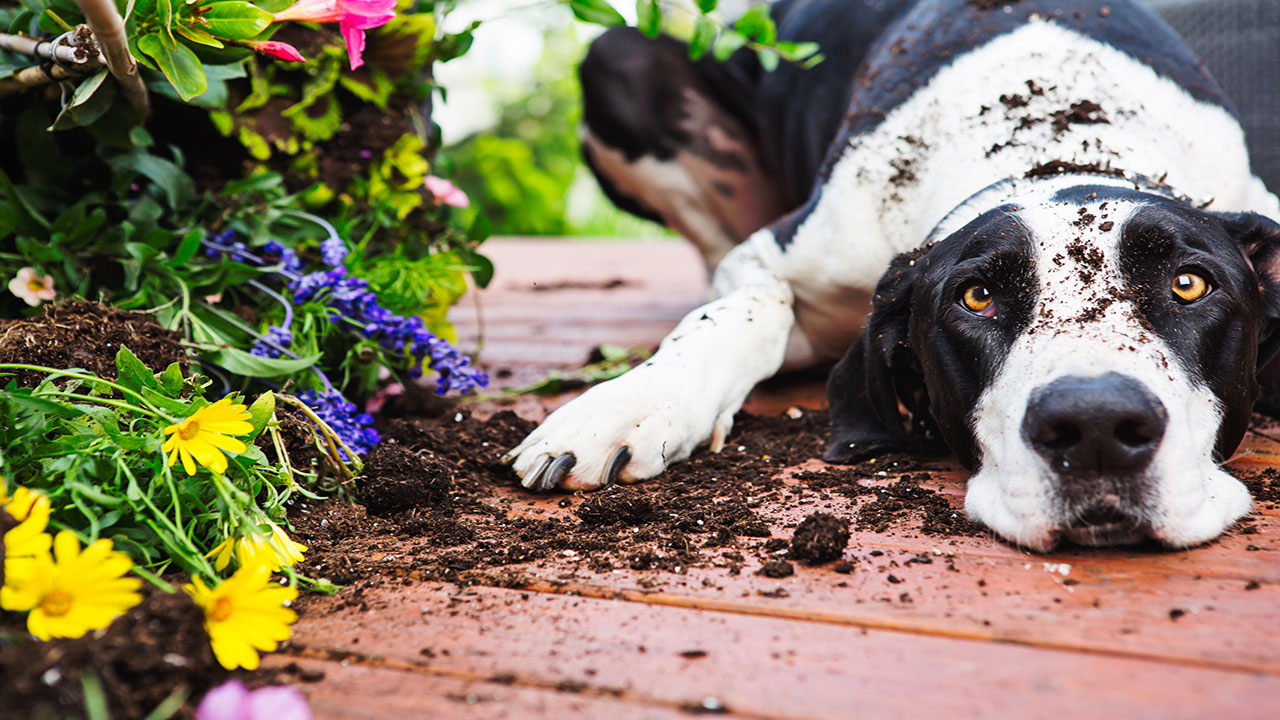
Just about every homeowner has a few houseplants in the home to add an element of Mother Nature to the indoors. But while many plants provide a wonderful burst of color and even a sweet scent from their flowers, many of them may actually be toxic to your pets.
If you’ve got furry friends running around, you might want to keep the following plants out of reach, or out of your home altogether.
1. Castor Bean

Among all houseplants, the castor bean plant is considered among the more dangerous. If consumed by a pet, the side effects can be dire, and can even lead to death. Among the symptoms associated with ingestion of the castor bean plant by a pet include irritation of the mouth, fever, nausea, vomiting, diarrhea, dehydration, difficulty breathing, kidney failure, and death. It is the ‘ricin’ component in this plant that is incredibly dangerous for dogs and cats, which is why it’s important to keep your furry friends away from this plant, or simply avoid having it in your home.
2. Azalea
The azalea plant produces lovely flowers, but as pretty as these bulbs may be, they are dangerous for both dogs and cats if ingested. The toxic substance of the azalea plant that is harmful to pets is grayanotoxin, which can actually inhibit proper functioning of the nerves and muscles. Side effects of ingestion of this plant include oral irritation and burning, excessive drooling, vomiting, diarrhea, muscle weakness, and sometimes death.
3. Caladium
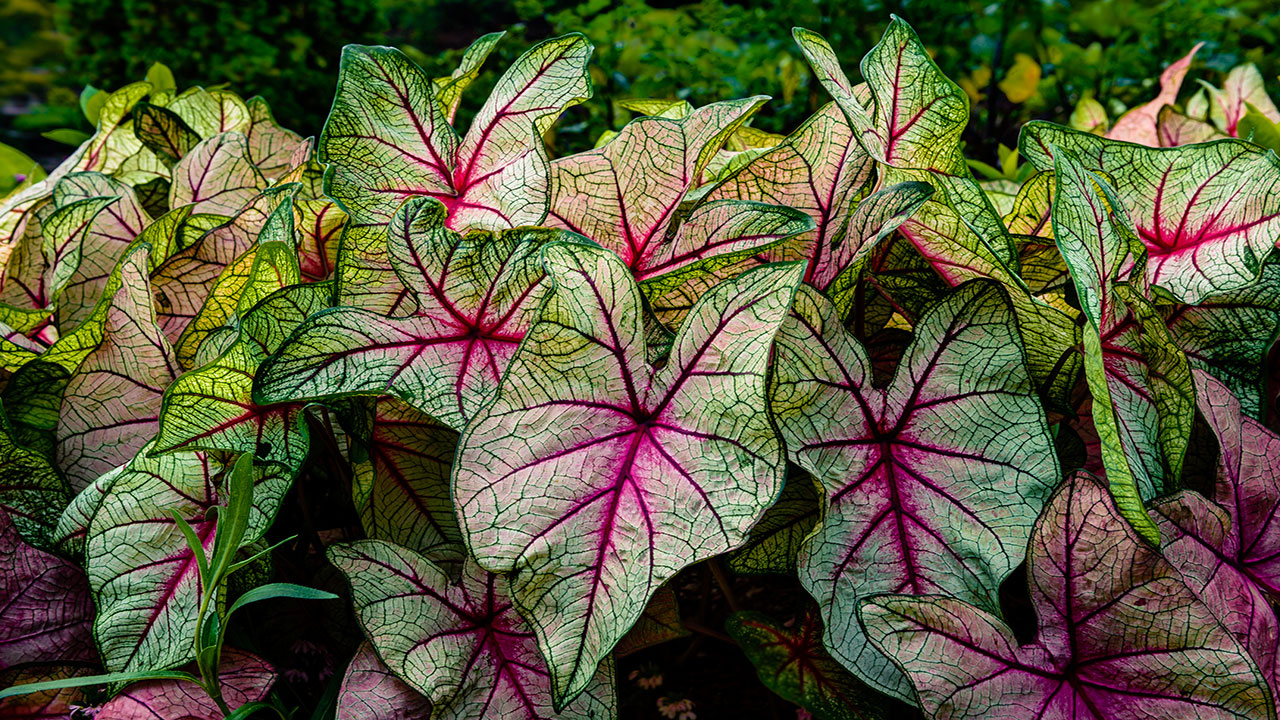
Not only is the caladium plant bad for pets, it can also be toxic to humans if ingested. Side effects of consumption of this plant can include difficulty swallowing, difficulty breathing, vomiting, and burning of the mouth and throat.
4. English Ivy
The English ivy plant is very popular in homes thanks to its decorative vines and pretty leaves, but it can be harmful to cats and dogs if they get into it. The triterpenoid saponin in the plant is what is responsible for the toxic effect the plant can have, which is a chemical compound that can cause burning and irritation of the mouth and gastrointestinal tract, abdominal pain, vomiting, diarrhea, and excessive drooling.
5. Aloe Vera
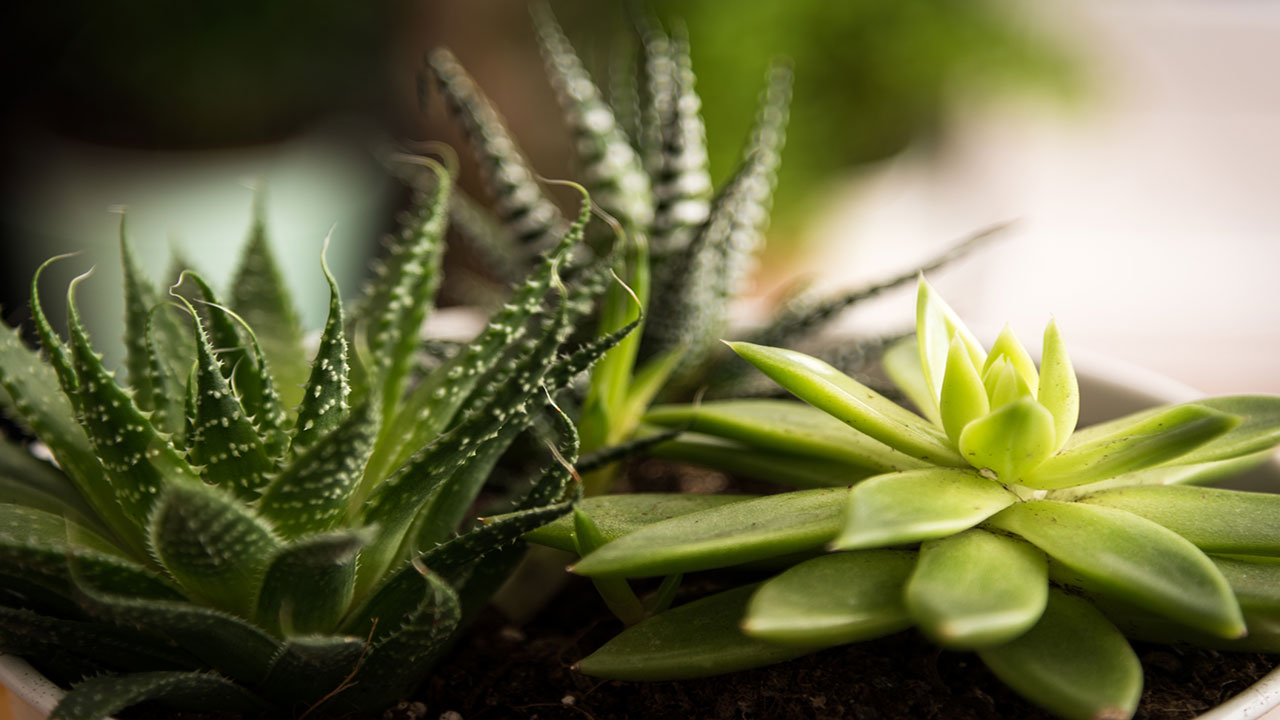
Known for its healing properties, the aloe vera plant can also have the opposite effect on pets when ingested. Saponins present in the plant are what’s responsible for its toxicity in pets, which can cause vomiting, diarrhea, and excessive tremors. That said, only the skin and inner layers of the leaf are dangerous – the actual gel inside the plant is seemingly harmless to pets.
6. Lily
Popular during the Easter holiday, lilies are certainly gorgeous flowering plants that make wonderful decorative accessories in a home, but just make sure they’re kept well out of reach of pets, especially cats. That’s because they can cause kidney damage to cats if consumed. Their potential toxicity to dogs is not known.
7. Poinsettia
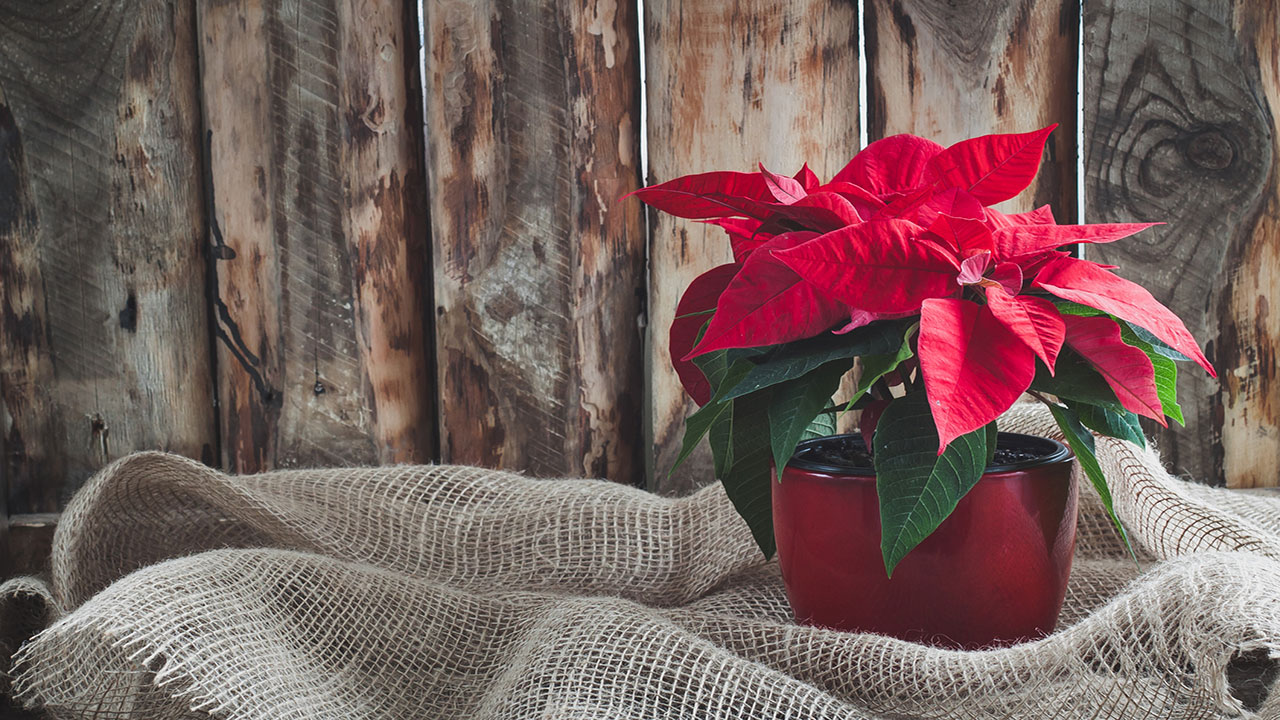
Like lilies, poinsettia plants are very popular during the holidays and bring a festive element to any indoor space. Unfortunately, poinsettias are also known to be toxic to pets, so they’ll need to be propped up somewhere well out of reach. The sap of this plant is what causes negative side effects, including oral irritation, vomiting, and diarrhea.
8. Baby’s Breath
These tiny little white bulbs provide the perfect accent to any floral arrangement, but they’re not so friendly to cats and dogs. If ingested, baby’s breath can cause vomiting and diarrhea.
9. Dumb Cane
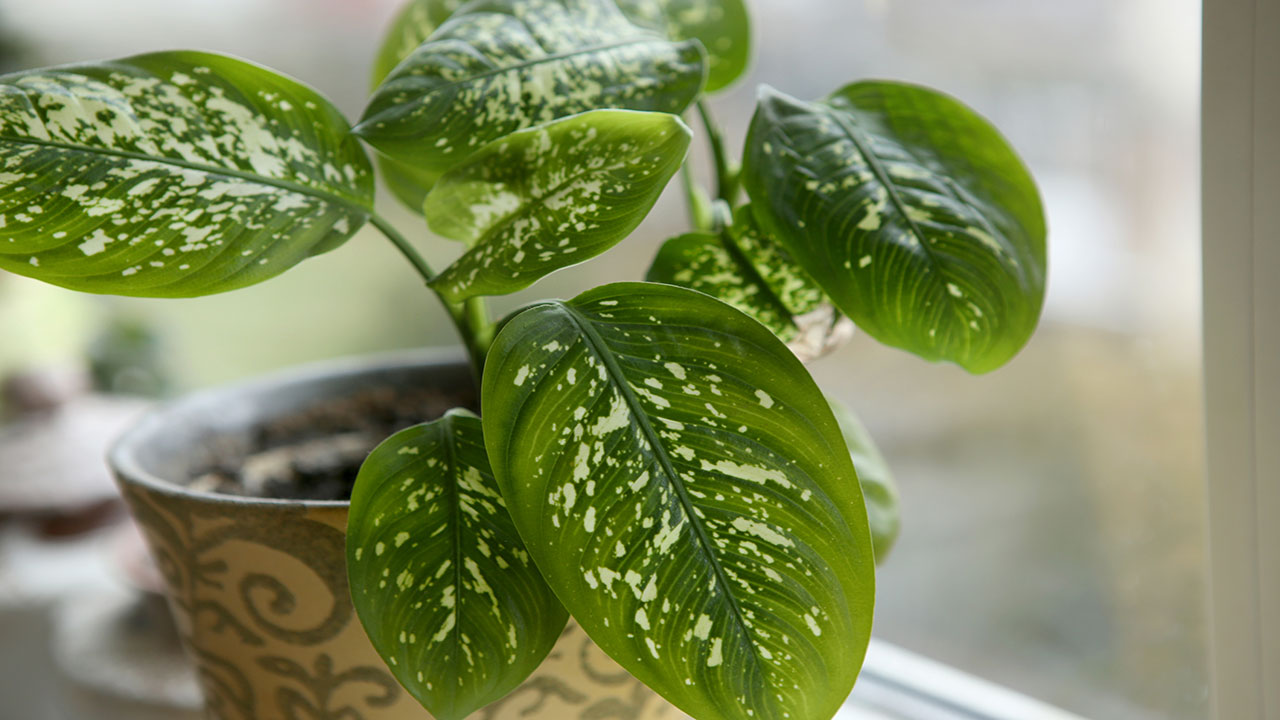
This common indoor plant is popular for its large, vibrant leaves. But there’s a toxic component in the plant – oxalic acid – that is responsible for causing oral irritation, vomiting, and diarrhea in cats and dogs. The entire plant is toxic if consumed, including the stalk, leaves, and roots.
10. Philodendron
The philodendron plant has toxins that are similar to the dumb cane plant. Dogs and cats that consume it can experience irritation and burning of the mouth and gastrointestinal tract, excessive drooling, vomiting, and sometimes difficulty breathing.
11. Gladiola
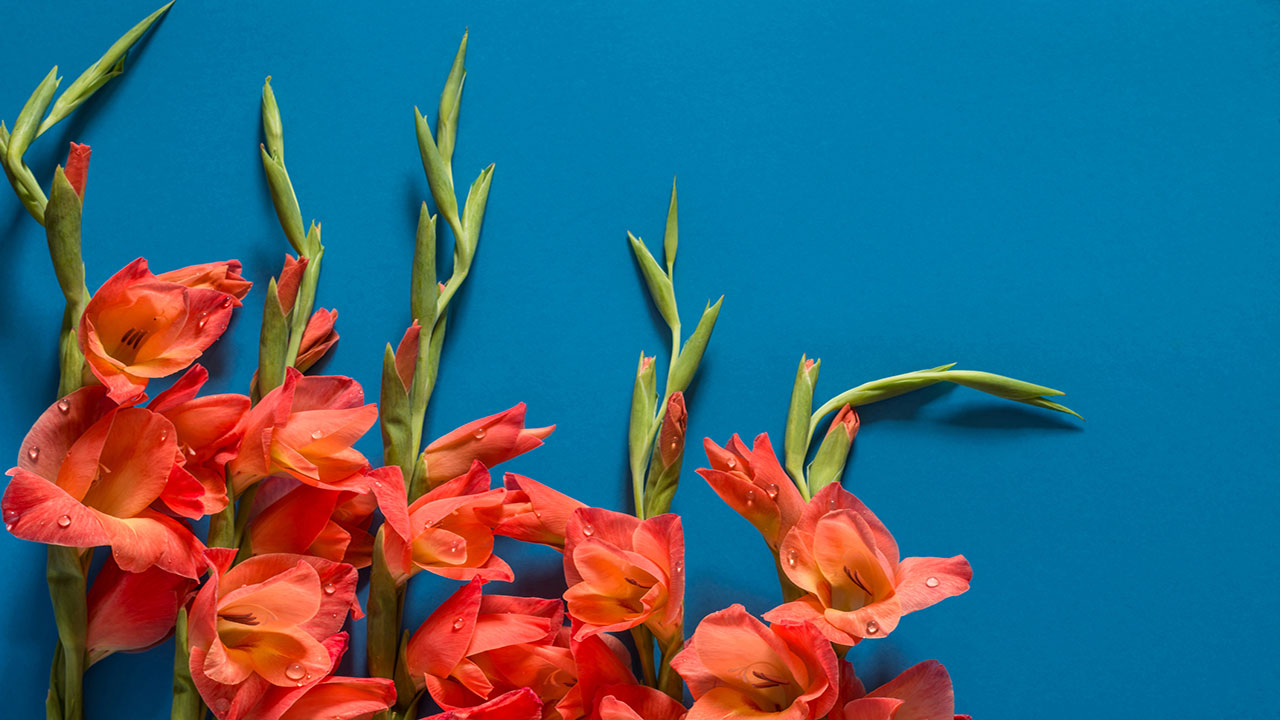
Another popular flower in floral arrangements, the gladiola bulb is harmful to pets and can cause symptoms such as excessive salivation, vomiting, diarrhea, and lethargy.
12. Sago Palm
The sago palm can be very dangerous to cats and dogs when consumed. The toxic agent of the plant is cycasin, which can cause irritation of the gastrointestinal tract, vomiting, diarrhea, and can even lead to liver failure in severe cases. While all parts of the sago palm are toxic, the seeds are the most dangerous.
13. Hydrangea
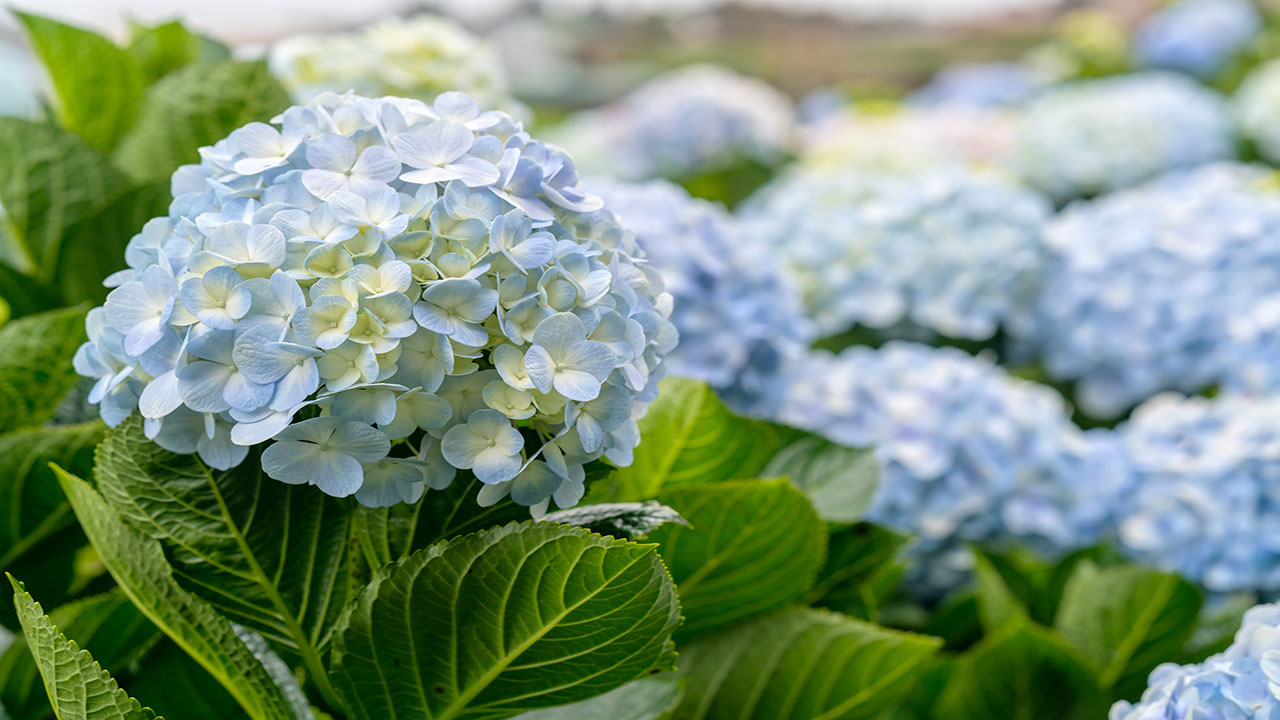
Hydrangeas are very popular houseplants because of their gorgeous flowers, but they can be dangerous to dogs and cats if consumed. Symptoms such as vomiting and diarrhea are common after ingestion as a result of the toxic cyanogenic glycoside component of the plant.
The Bottom Line
Many medical emergencies and poisonings with pets happen as a result of ingestion of various types of plants and flowers. Some of the symptoms are somewhat mild, but others can be deadly. Be sure to understand all the different types of plants that can be toxic to certain animals if you have pets at home.



